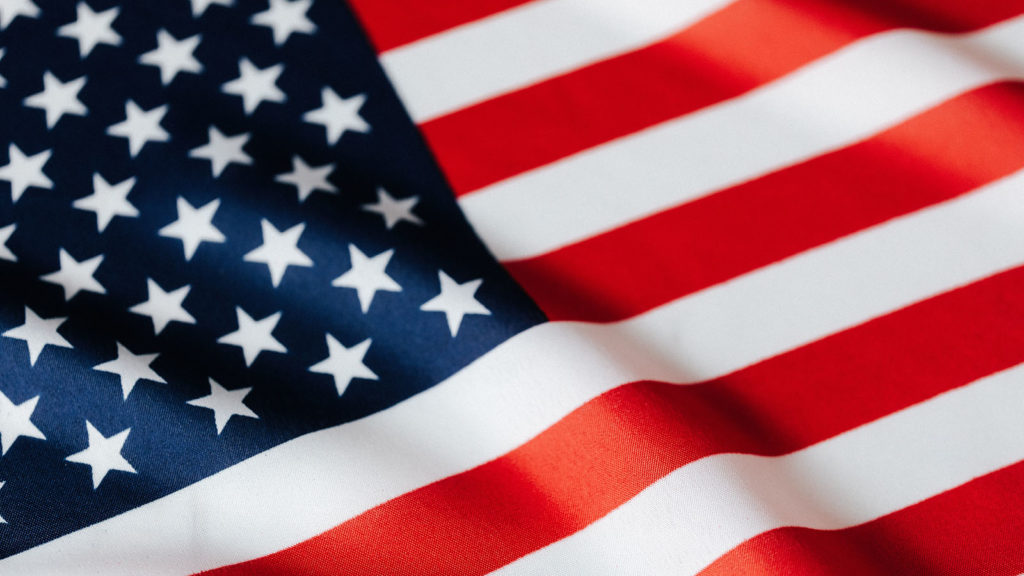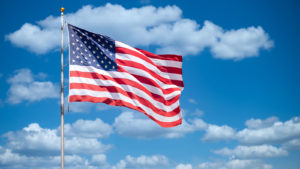Australians to finally get US Global Entry in 2025
Fast-track lanes at US immigration and airport security will finally welcome Australians.

What we'll be covering
It’s been the talk of the town for years now, and after half a decade of waiting, there’s finally some progress on US Global Entry. The long-awaited trial will kick off in early 2025 for Australian travellers.
Australian Foreign Minister Penny Wong unveiled the plans in Washington D.C. this week.
It’s good for Australian businesses, and it’s good for our friendship. This program, and our participation in it, is a sign of our closeness and our trust. The foundation of the friendship between Australia and the United States is the friendship between our people. This program will deepen these links and make it easier to foster greater commercial ties.
I understand this was flagged many, many years ago, but didn’t come to fruition.
– Senator Penny Wong, Australian Foreign Minister, August 2024
Global Entry, of course, is the USA’s international trusted traveller program. It provides expedited border crossings for qualified jet setters and access to TSA PreCheck for streamlined passage through security.
A trial of Global Entry had been planned for Australians in 2020. Then, in March 2022, Point Hacks exclusively learned that the wheels were once again in motion between Australia and the United States. But then, in May of the same year, Australia’s federal election saw the government change hands, and the delay continue.
When will Global Entry formally open to Australians?
Before opening the floodgates to Global Entry, Australia and the United States plan to complete a limited trial.
Applications will be accepted from 1,000 frequent US visitors toting an Australian passport in early 2025. To be eligible for consideration in the trial, the traveller must have visited the United States at least five times in the past 12 months. That’s phase one.
Phase two will see applications open more broadly for Australian passport holders. There’ll be no ‘minimum frequency’ of travel to the US to qualify. However, applicants will need to satisfy a number of criteria to be approved. US Customs and Border Protection (CBP) advises that applicants can expect to be declined if they:
- List incomplete or incorrect details on their application.
- Have any pending criminal charges or warrants against them, or have been convicted of any criminal offence. US CBP specifically notes that this includes ‘driving under the influence’.
- Have an adverse travel history in any country, such as by violating agriculture, immigration or customs regulations.
- Are the subject of an ongoing investigation by any local, state or federal law enforcement agency.
- Attempted to purchase a firearm and were denied.
- Are ineligible to enter the United States under normal, legislated circumstances. An approved waiver or parole document does not override this requirement, even though it may allow the traveller to enter under less typical circumstances.
- Are not able to satisfy CBP that they would be a low-risk traveller.
What are the benefits of Global Entry?
Arriving in the United States looks very different with Global Entry membership.
Rather than joining the regular queues, trusted travellers proceed to kiosks for express processing. Then, with a quick flash of the passport, it’s generally straight through immigration. Given passport queues at some US airports can stretch for two hours or more, it’s a real time-saver.
Having Global Entry also grants access to TSA PreCheck. These benefits are instead usable on departure from many US airports, on both domestic and international flights.
Many TSA checkpoints have dedicated lanes for PreCheck passengers, which are often shorter and move faster. Unless instructed otherwise, there’s no need to remove shoes for screening, or laptops from bags.
TSA PreCheck privileges are never guaranteed. This adds a random element to the security process. But if eligible, you’ll spot this on your boarding pass.
Most airlines flying directly between Australia and the United States support TSA PreCheck. This includes Qantas, American Airlines, Delta Air Lines, Hawaiian Airlines and United Airlines. Jetstar is the only exception, with PreCheck not supported on its Honolulu flights.
Why can’t the United States just unlock Global Entry now?
‘Trusted traveller’ programs are common around the world, but each works a little differently.
Some, like Singapore’s Frequent Traveller Programme (FTP), are quite straightforward. For those holding an eligible passport, Singapore’s FTP only requires a declaration and a certain amount of previous travel. But Global Entry is much more involved.
Naturally, the United States vets every applicant itself and even undertakes in-person interviews. But there’s a bit more to it. The US also requires other countries to assist with performing separate background checks.
Point Hacks understands that countries participating in Global Entry must follow a range of US vetting criteria. This ensures that individuals approved for the Global Entry program present a low risk to the United States.
Australia itself would need to take an active role in screening Global Entry applicants, for Australian passport holders to proceed to the approval stage. Senator Wong advises that legislation will be required for this to occur before applications open more broadly at ‘stage two’ – likely to occur in 2025.
Summing up
Global Entry for Australian travellers is long overdue. Of course, Australia’s SmartGate system already supports US passports, saving these travellers considerable time when entering Australia. US citizens don’t need to enrol to use SmartGate or pay an application fee.
It’s only fair that the United States reciprocates this convenience for those landing on its shores, even if vetting and interviews are required. After all, anything that makes travel easier can only be a positive. In that sense, it’s great to finally see some movement in this space.
At Point Hacks, we’ve been holding annual meetings with the US Department of Homeland Security on the progress of Global Entry. Outside of an airport environment, we’ve also previously had hands-on experience with the latest style of Global Entry kiosks for an early peek at what’s to come. It’s fair to say that once this is up and running for Aussies more broadly, grumbles about passport control at airports like LAX will become a thing of the past—for frequent travellers, anyway.
In the meantime, some Australian travellers can now use Mobile Passport Control to make things a little faster when arriving in the US. But that’s only available on second and subsequent visits to the US. And for that matter, only when travelling with a visa waiver (ESTA) – not a full sticker visa.
We’ll keep you updated as the rollout of Global Entry continues.
Also read: Save time at US immigration with this official app
Feature image courtesy Karolina Grabowska/Pexels.
Stay up to date with the latest news, reviews and guides by subscribing to Point Hacks’ email newsletter.






Many times got off the plane walked to immigration and haven’t even stopped on the way to baggage claim. Sometimes it’s like a domestic arrival it’s so good.
The funniest thing is that once I got it (through my British passport) I linked it to my Australian passport and it works perfectly, just as if Australian passports were part of Global Entry.
Ultimately, it’s a political decision for the Minister(s) involved and apparently they are too gutless to stand up for us Australians by shutting down this American privilege until America reciprocates. Fair is fair.